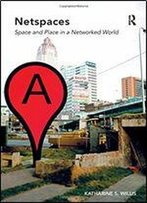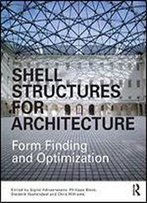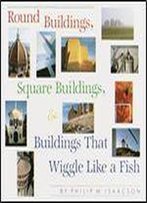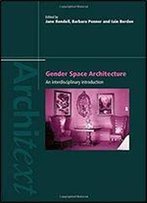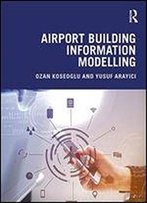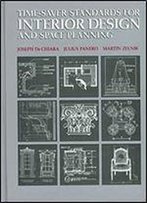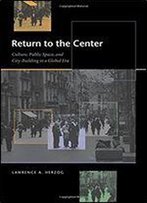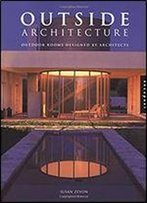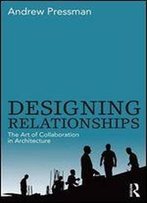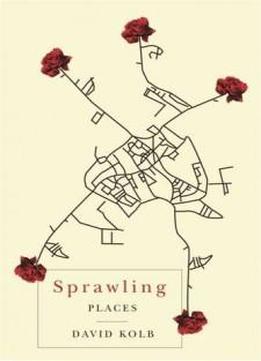
Sprawling Places
by David Kolb /
2008 / English / PDF
1.3 MB Download
People often bemoan the spread of malls, suburban strips,
subdivisions, and other sprawling places in contemporary America.
But are these places as bad as critics claim? In
People often bemoan the spread of malls, suburban strips,
subdivisions, and other sprawling places in contemporary America.
But are these places as bad as critics claim? InSprawling
Places
Sprawling
Places, David Kolb questions widely held assumptions about
our built environments.
, David Kolb questions widely held assumptions about
our built environments.
Kolb agrees there is a lot not to like about many contemporary
places, but to write them off simply as commodified “nonplaces”
does not treat them critically. Too often, Kolb says, aesthetic
character and urban authenticity are the focus of critics, when
it is more important to understand a place’s complexity and
connectedness. Kolb acknowledges that the places around us
increasingly have banal exteriors, yet they can be complex and
can encourage their inhabitants to use them in multiple,
nonlinear ways. Ultimately, Kolb believes human activity within a
place is what defines it. Even our most idealized, classical
places, he shows, change over the course of history when
subjected to new linkages and different flows of activity.
Kolb agrees there is a lot not to like about many contemporary
places, but to write them off simply as commodified “nonplaces”
does not treat them critically. Too often, Kolb says, aesthetic
character and urban authenticity are the focus of critics, when
it is more important to understand a place’s complexity and
connectedness. Kolb acknowledges that the places around us
increasingly have banal exteriors, yet they can be complex and
can encourage their inhabitants to use them in multiple,
nonlinear ways. Ultimately, Kolb believes human activity within a
place is what defines it. Even our most idealized, classical
places, he shows, change over the course of history when
subjected to new linkages and different flows of activity.
Engaging with the work of such writers and critics as Henri
Lefebvre, Manuel Castells, Karsten Harries, and Christian
Norberg-Schulz, Kolb seeks to move discussions about sprawl away
from the idea that we must “choose between being rooted in the
local Black Forest soil or wandering in directionless space.” By
increasing our awareness of complexity and other issues, Kolb
hopes to broaden and deepen people’s thinking about the
contemporary built environment and to encourage better designs in
the future.
Engaging with the work of such writers and critics as Henri
Lefebvre, Manuel Castells, Karsten Harries, and Christian
Norberg-Schulz, Kolb seeks to move discussions about sprawl away
from the idea that we must “choose between being rooted in the
local Black Forest soil or wandering in directionless space.” By
increasing our awareness of complexity and other issues, Kolb
hopes to broaden and deepen people’s thinking about the
contemporary built environment and to encourage better designs in
the future.
